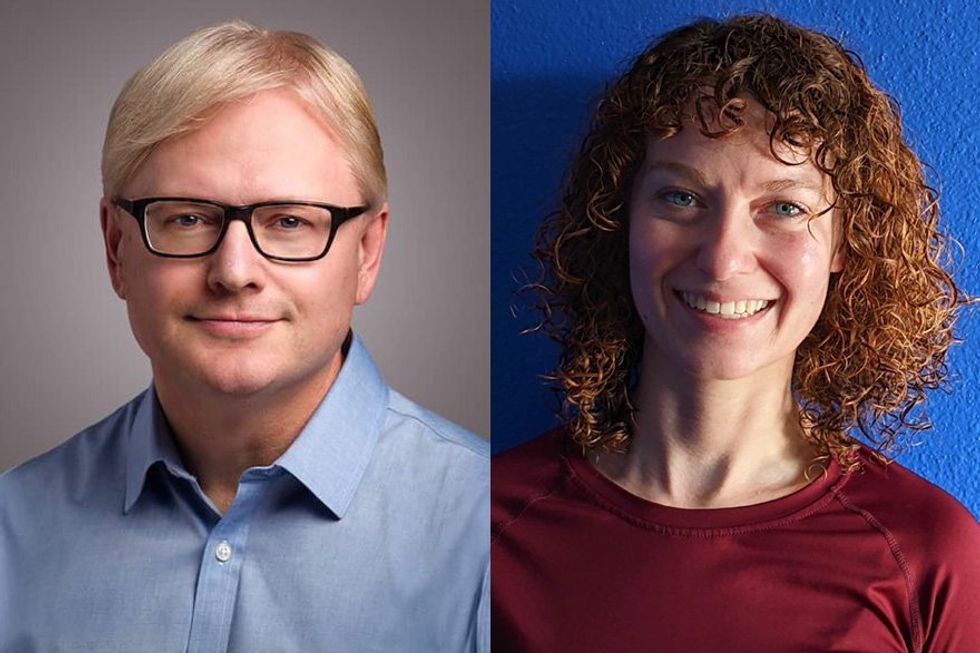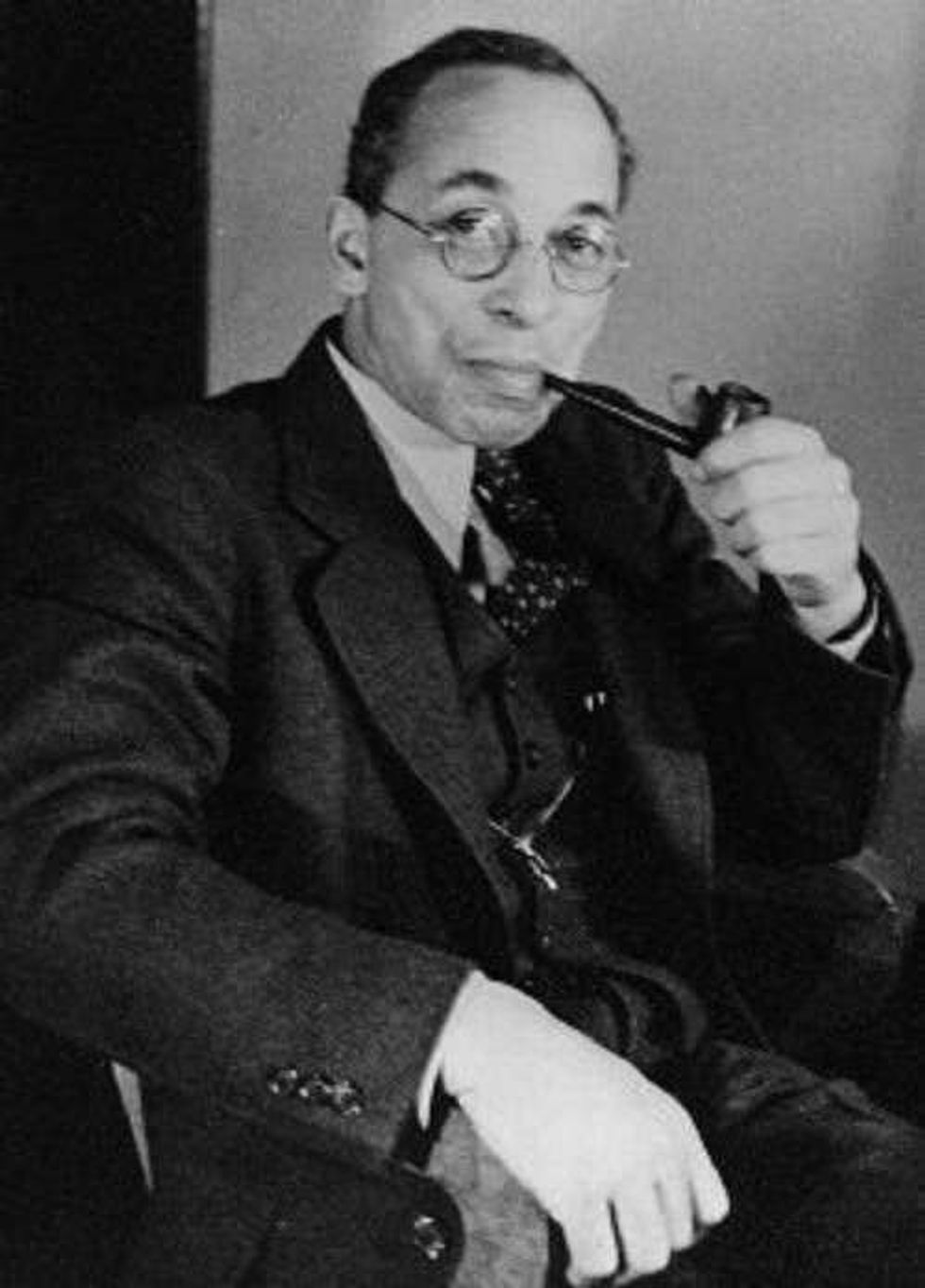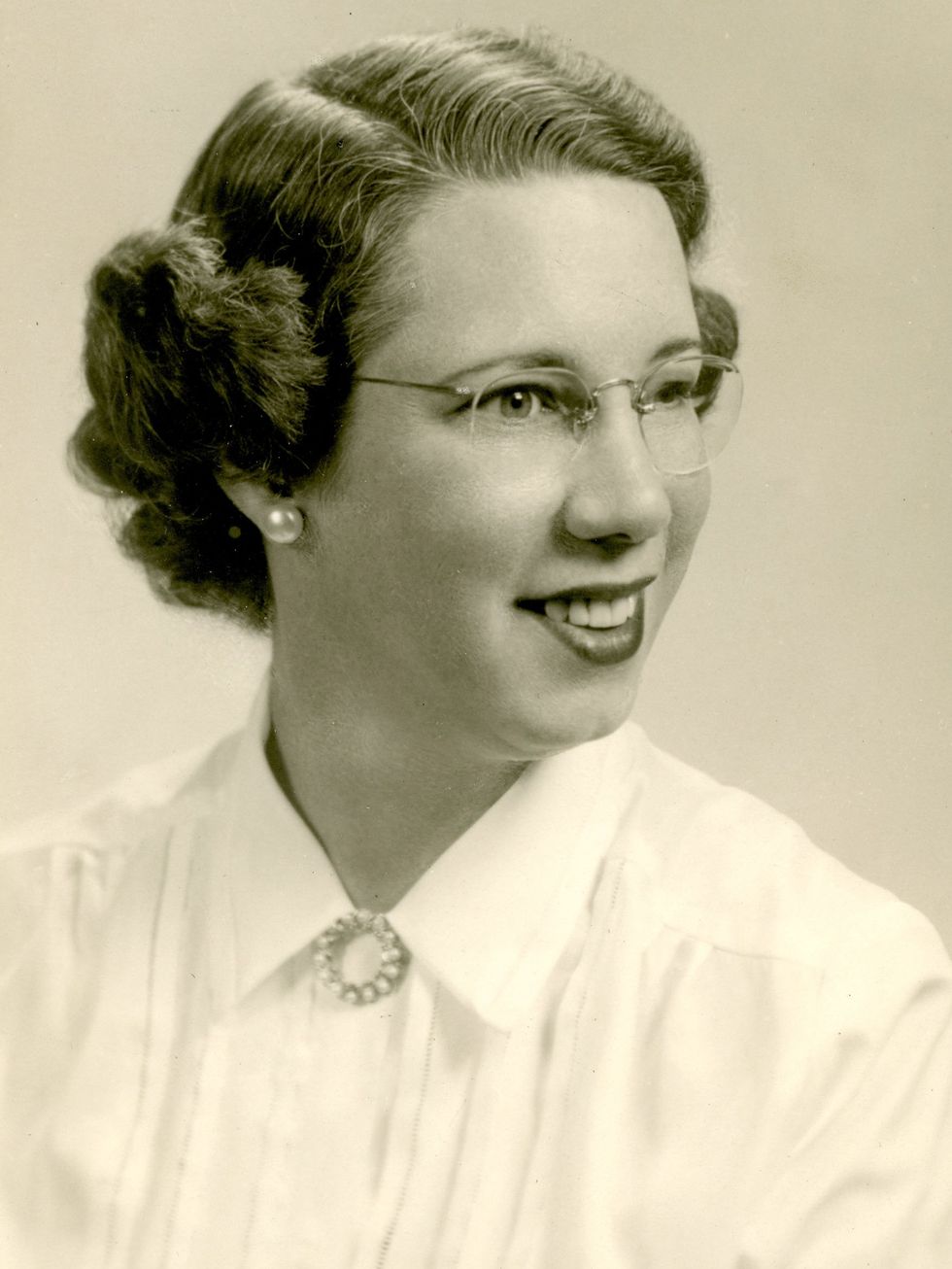

In a world where quantum technologies are on the rise in computing, cryptography, materials, sensors, telecom, biomed, and AI, it’s easy to forget that not so long ago the words “quantum” and “technology” rarely fit comfortably into a sentence together. A range of trailblazers imagined quantum physics turning into quantum engineering turning into quantum user tech—or, for those working before the quantum era, imagined far-off theoretical horizons coming into range of practical applications. However, not all of these early innovators are known to those developing present-day quantum technologies. Yet rediscovering the lost history of early quantum pioneers today yields at least three dividends—advancing the field by better understanding its past, inspiring new generations of future leaders, and finally giving credit where credit’s due.
With such inspirations in mind, the science journalists Brian Lenahan and Kenna Hughes-Castleberry have written a new book On The Shoulders of Giants: 10 Quantum Pioneers of the Past (published this week), resuscitating the legacies of sometimes obscure figures in quantum history. Not by coincidence, their book’s release also neatly aligns with the underpinnings of World Quantum Day (14 April)—which organizers established to promote “the public understanding of quantum science and technology around the world.”
IEEE Spectrum recently spoke with Lenahan and Hughes-Casteleberry about overshadowed genius, pre-medieval computer programs, and Claude Shannon’s Vogue magazine celebrity photoshoot.
IEEE Spectrum: What were the criteria you used to select the historical figures your book highlights?
 Brian Lenahan and Kenna Hughes-Castleberry, authors of a new book on overlooked histories of quantum technology Brian Lenahan & Kenna Hughes-Castleberry
Brian Lenahan and Kenna Hughes-Castleberry, authors of a new book on overlooked histories of quantum technology Brian Lenahan & Kenna Hughes-Castleberry
Hughes-Castleberry: I saw it as a great opportunity to bring forth a new set of role models that haven’t really been adopted or maybe showcased before. So Brian and I both looked around the world for quantum scientists or physicists or mathematicians to see who really hadn’t been covered and why. We tried to pick 10 key individuals who were either overshadowed by somebody, or perhaps just hadn’t had their turn in the spotlight yet.
Any history is of course selective—not telling more stories than it tells. But if you’ll please pardon my bluntness, why should a readership of technologists and engineers ultimately care about a history, however it’s organized, of quantum pioneers?
Lenahan: We talk about the technology these quantum pioneers have invested in and what it means for present-day applications. But as well, we bring in the personal stories. Every one of these scientists and engineers has had to go through challenges, in their own personal life or in their education or through trials and tribulations and experiments. That is very much brought out for these individual quantum pioneers.
Hughes-Castleberry: I was seeing it as quantum computing and technology has a giant engineering aspect to it. All of these up and coming technologies need engineers. We in fact cover a few engineers in our book—including Mark A. Reed, who coined the term “quantum dot” and worked in Yale’s engineering department. If you’re coming from an engineering background, you might see something like quantum computing as maybe being out of [your] depth. But we really wrote this book for people with engineering backgrounds, with general science backgrounds. And if you’re in one of these fields, it’ll be really interesting for you.
“Their names may not be known in the west but are very well known in their home countries. ... We’re hopefully bringing some of those people to the western world.”
—Brian Lenahan, co-author On The Shoulders of Giants
You’d referenced people who’d been overshadowed. What might Spectrum readers want to know about Satyendra Nath Bose and Sin-Itiro Tomonaga? Who were brilliant scientists in their own right but who also famously collaborated with the more legendary figures of Albert Einstein and Richard Feynman, respectively.
Hughes-Castleberry: Bose’s story hasn’t really been told since the early 2000s. Most people when you say something like Higgs Boson or Bose-Einstein, people pick up that name. But many people don’t know he’s Indian. Many assume he was German. His story is really unique, because he lived during the colonialization of India—and he had to fight through that entire process to make a name for himself. He leaned on Einstein as a mentor figure, as someone to bring him forward, and Einstein really recognized his genius.
It’s not the same with Tomonaga. He wasn’t part of a colonialized group, but he did have his own [challenges] because of World War II. Japan was thought of as the enemy, with internment camps and everything. He was teaching in a cave or bunker somewhere, as bombs were going off. He later got involved in atomic policy, in trying to de-escalate the use of nuclear weapons.
 Elmer Imes was a pioneer in early quantum applications in chemistry and physics. National Society of Black Physicists
Elmer Imes was a pioneer in early quantum applications in chemistry and physics. National Society of Black Physicists
Lenahan: The names of Bose and [Tomonaga] may not be known in the west but are very well known in their home countries. Educational institutions and municipal institutions, they have those individuals’ names all over them. We’re hopefully bringing some of those people to the western world.
A few names in your book I’d never heard of in any context. For instance, Elmer Imes—pioneer in infrared spectroscopy and early applications in quantum theory. What about his work brought him to your attention?
Lenahan: He was an experimentalist, focusing on spectroscopy in the laboratory, not just in theory. Whether you’re looking at tumors or spoiled milk, he was doing this on an experimental basis.
Hughes-Castleberry: I was struck by how little had been written about him even though he was an extremely influential person. Not only for quantum physics and spectroscopy, but also for equality and building up historically black colleges like Fisk University.
Your book talks about the role of Frances ‘Betty’ Holberton and the early programming language she worked on, C-10. So why did you concentrate on her versus, for instance, Grace Hopper?
Hughes-Castleberry: Betty was more on the blueprint side of things, creating early programming languages. Betty Holberton gets overshadowed by Hopper. It’s only in the last 20 years that Betty and her team have been picked up in the public eye.
Lenahan: With credit often taken by the men in this environment. Which led to them being called ‘refrigerator ladies,’ groups who were not really recognized for what they’d actually done.
What about Mark Reed, whom you’d mentioned earlier?
Hughes-Castleberry: We picked Mark, because we wanted to show that not all quantum technology needs to be quantum computing. You have quantum sensing, atomic clocks, quantum dots. I think Mark’s story stands out a little more, showing a different trajectory of what quantum can do other than just performing calculations. He was also an influential mentor, the chair of undergraduate studies for electrical engineering at Yale. So he had to meet every single undergraduate student who came through the department. And he worked to mentor all of them, to show that rules could be broken, to really take the time to foster each one.
Lenahan: Current-day technology is bound to be augmented by quantum dots. In just the last 3 months, I’ve heard experts talk about quantum dots in solar cell technology—and then just today I did a panel where somebody talked about quantum dots in sensing and imaging, as related to healthcare and life sciences. His work not so long ago is making an impact on how engineers researchers think about quantum dots and their applications.
 Frances ‘Betty’ Holberton was a co-creator of one of the world’s first programming languages, C-10. Priscilla Holberton/Holberton School
Frances ‘Betty’ Holberton was a co-creator of one of the world’s first programming languages, C-10. Priscilla Holberton/Holberton School
Reed was very much into applied quantum science. By contrast, you also talk about one Pantur Silaban. Why did you highlight his work and his story?
Hughes-Castleberry: There are very few records about him, and most are in Indonesian. But his contributions are very useful for creating a unified theory [of physics]—grand unification theory. Very theoretical, very technical, but nonetheless very important for getting us where we are today.
Your book also gets into the story of Claude Shannon, an early information scientist who’s arguably not very overshadowed today; he’s quite well known. How did he make the cut in your book?
Lenahan: We’re hoping this book will be distributed to high school students, to college students, to people who might not have yet gotten exposure to someone like him.
Hughes-Castleberry: He is very well known, but only within his sphere of influence. But he was one of the most popular scientists of his time. He had photoshoots in Vogue magazine, Life magazine, Time magazine, which is almost unheard of for scientists. But if you ask the public audience Who is Claude Shannon? Very few people will be able to answer that question. So we wanted to showcase his popularity. But yet he’s still not generally adopted as the genius that he really is.
Pulling back the lens, any person who uses computers or algorithms is relying on the work of another pioneer in your book. Could you describe him?
Lenahan: He goes farthest back in our book, to 800 C.E. Muḥammad ibn al-Khwārizmī was a renaissance person for his era. He lived and worked in Persia at the time, specifically Baghdad, which was the center of the known universe at that time. And he was part of the House of Wisdom [a.k.a. the Grand Library of Baghdad], which was the center of the center. He had interests in philosophy, diplomacy, mathematics, innovation, the stars, so many different interests.
Hughes-Castleberry: You’re talking about a time when the Middle East was the place to be. But because Europe was at war with the Middle East—[including] the Crusades—Europe was kept in the dark ages. Al-Kwharizmi really stands out for his time, because he created the algorithm, and he also invented algebra. He saw it as a really practical application for, if you’re paying somebody, how can you calculate out their wage for the month? Or if you’re trying to settle a dispute about money, how can you do that? He saw it as an easy shortcut that people of the common villages who might not have his education could use to make their lives easier.
This transcript has been edited for clarity and brevity.
Reference: https://ift.tt/nq16fUC
No comments:
Post a Comment